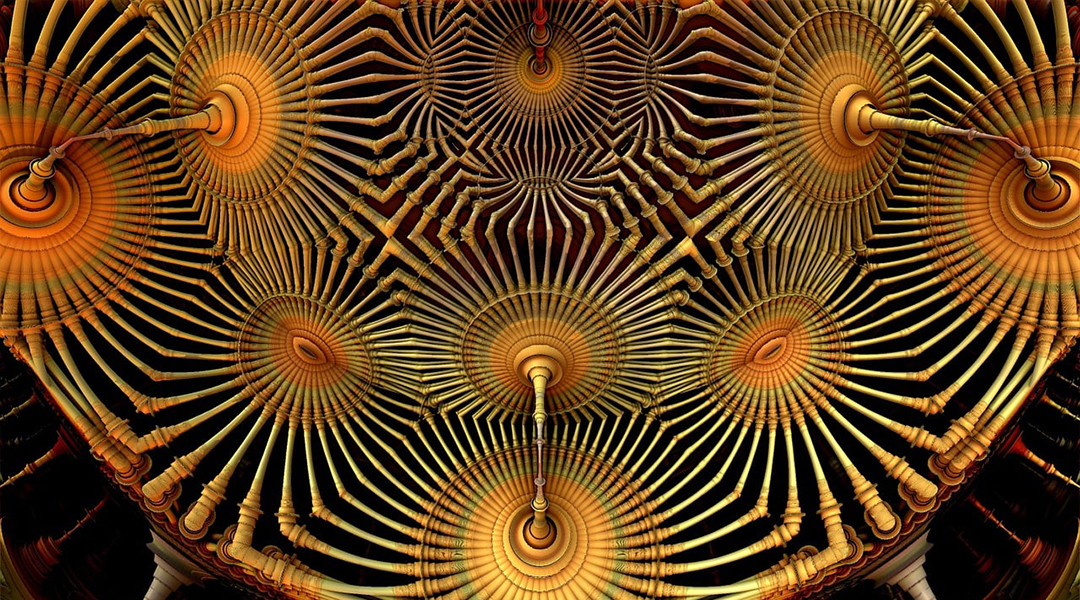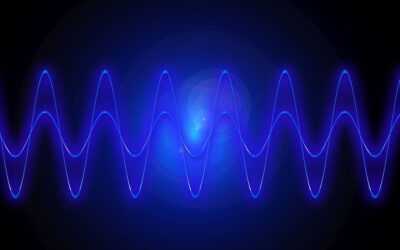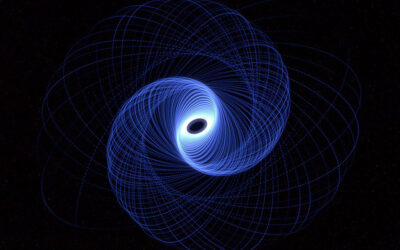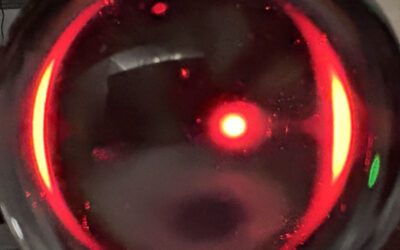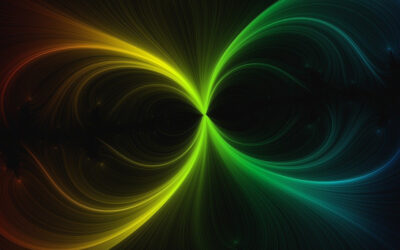Superconductivity is the property of zero electrical resistance at ultralow temperatures and was discovered in 1911 by the Dutch physicist Kamerling-Ohnes. It plays a crucial role in many industries and technologies, ranging from quantum computing to energy.
“Superconductors are amazing materials which have many strange and unusual properties,” explained Joe Carroll, a Ph.D. researcher at Macroscopic Quantum Matter Group laboratory in University College Cork. “Most famously they allow electricity to flow with zero resistance. That is, if you pass a current through them, they don’t start to heat up; in fact, they don’t dissipate any energy despite carrying a huge current.
“They can do this because instead of individual electrons moving through the metal, we have pairs of electrons which bind together […] and form a macroscopic quantum mechanical fluid,” he continued.
The intriguing properties of Cooper pairs
These pairs of electrons are called Cooper pairs and they are fundamental to superconductivity, forming when they overcome their usual repulsion and exhibit an attractive interaction. What’s interesting is that depending on the material, Cooper pairs interact differently with each other and with the material’s crystal lattice.
In some cases, they form periodic modulations in the density of electron pairs within the crystal lattice, a phenomenon known as electron pair density waves. This was discovered in 2016 by the Macroscopic Quantum Matter Group led by Séamus Davis, professor at the University College Cork. Since then, Carroll and an international collaborative team have been investigating the properties of electron pair-density waves, focusing on a material known as uranium ditelluride (UTe2).
Now in a recent study, the scientists say they have made an important new discovery. It appears that the Cooper pairs formed in this superconductor are in a state exhibit a behavior similar to classical rotation, but on a quantum mechanical level. This observation is significant because it’s the first time such behavior has been observed in over a century of studying these materials.
“What is particularly exciting for us and the wider community is that UTe2 appears to be a new type of superconductor,” said Carroll in a press release. “Physicists have been searching for a material like it for nearly 40 years. The pairs of electrons appear to have intrinsic angular momentum. If this is true, then what we have detected is the first pair density wave composed of these exotic pairs of electrons.”
Rotating Cooper pairs
Previous studies of UTe2 suggested that its Cooper pairs existed in some non-trivial rotational state, but the scientists of the current study were the first to measure this property directly.
They did so using a technique called scanning tunneling microscopy, which is a means of analyzing the surface of a given material using quantum tunneling — a phenomenon in quantum mechanics wherein a particle can pass through a potential energy barrier which, according to classical physics, it should not be able to penetrate.
This technique consists in placing a conducting probe over the material’s surface, which acts as a “sensor” for electrons as they tunnel through tiny gaps between the probe and the surface.
If the material is a superconductor, the rate at which these electrons tunnel depends on the rotational state of its Cooper pairs. By measuring the current generated by electrons passing through the probe’s tip, the researchers could measure the unique rotational properties of the Cooper pairs in UTe2.
Applications in quantum computing
While this discovery is important for fundamental science, the team hopes it will also find practical application, such as in quantum computing.
“Since its discovery five years ago, there has been a huge amount of research on UTe2, with evidence pointing to it being a superconductor, which may be used as a basis for topological quantum computing,” said Carroll. “In such materials, there is no limit on the lifetime of the qubit during computation, opening up many new ways for more stable and useful quantum computers.”
Qubits are the analogues of bits used in classical computers. However, unlike bits, which take one the value of either a 0 or 1, thanks to the principle of superposition, qubits can exist as both a 1 or a 0 at the same time. This makes it possible for quantum computers with several superimposed qubits to store enormous amounts of data and quickly reason through complex problems, situations, or computing tasks. But there is a problem.
“The problem facing existing quantum computers is that each qubit must be in a superposition with two different energies — just as Schrödinger’s cat could be called both ‘dead’ and ‘alive,” explained Carroll. “This quantum state is very easily destroyed by collapsing into the lowest energy state — ‘dead’ — thereby cutting off any useful computation.”
In some quantum computers, qubits are loops of superconducting materials where, due to the quantum properties of superconductivity, the electric current takes on a discrete set of values—hypothetically 1s or 0s. In an ordinary superconductor, the superposition of its qubits – the material’s loop states with different currents — is easily destroyed. However, an unconventional class of superconductors called topological superconductors can be used to generate qubits that are in fact resilient to external disturbances, making these types of quantum computers much more reliable.
These materials are characterized by the rotational properties and exited states of its Cooper pairs, meaning that if the researchers’ new findings with regards to UTe2 are correct, then it becomes a very good candidate for the basis for future quantum computing.
“What the community has been searching for is a relevant topological superconductor; UTe2 appears to be that,” concluded Carroll.
Reference: Qiangqiang Gu, et al., Detection of a pair density wave state in UTe2, Nature (2023). DOI: 10.1038/s41586-023-05919-7
Feature image credit: TheDigitalArtist on Pixabay

